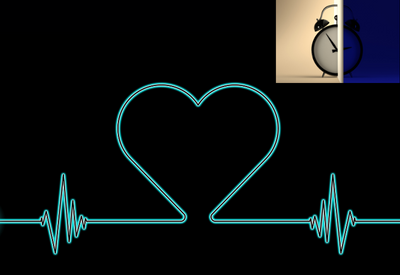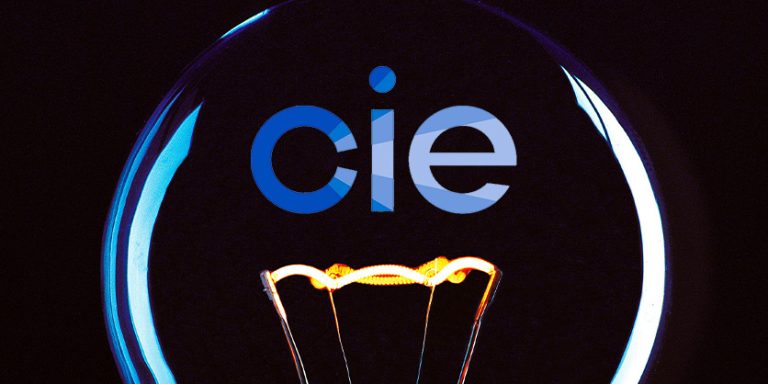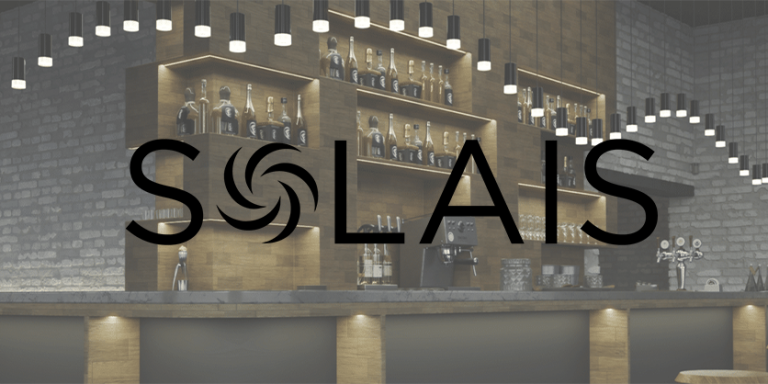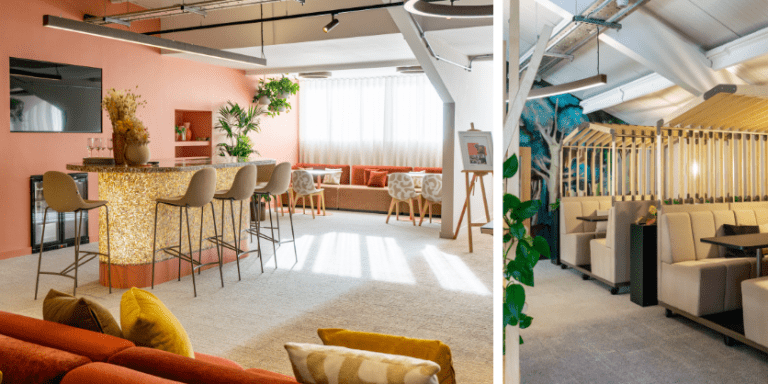Circadian Lighting Reaches Wider Acceptance, Paving the Way for More Installations

Clients are increasingly interested in wellness attributes for their commercial, hospitality and residential properties, but investors – and even specifiers – are reluctant to go all-in, citing a lack of definitive proof regarding health benefits. With the global wellness market worth an estimated $4.4 trillion as of 2022 (and the U.S. market alone valued at $1.2 trillion), this growing market segment could be a lucrative one for the build environment if the latest scientific evidence becomes widely accepted. Fortunately, that day just got a little closer as more scientists have reached consensus.
The Massachusetts-based CIRCADIAN® Light Research Center just released the results of its survey of 248 leading scientists which confirms that human circadian clocks are highly sensitive to blue wavelengths, and, more importantly, that exposure to insufficient daytime blue-rich light and excessive blue-rich light at night can lead to many major health disorders such as obesity, diabetes, and breast cancer.
Lead author Martin Moore-Ede, M.D., Ph.D., director of the Circadian Light Research Center and a former professor at Harvard Medical School, said, “Fewer than 0.5% of lights sold today protect circadian health by altering their blue content across day and night. Many people in the lighting industry claim that the circadian science is not sufficiently mature to incorporate into lights. So, we asked the leading scientists who work on circadian rhythms and light whether they agreed.”
The study was comprised of scientists who had published four or more peer-reviewed scientific papers since 2008 that focused on circadian + light —a total of 2,697 publications. The scientists completed an online survey with 40 potential consensus statements, where they were asked to assess for each statement whether there was “no evidence,” “limited” evidence, “good” evidence, or “well-established” evidence. Consensus was met for 24 statements; more than two-thirds of the scientists agreed there was “good” or “well-established” evidence.
The study titled Lights Should Support Circadian Rhythms: Evidence-Based Scientific Consensus was published online on Research Square, a preprint server, and submitted for peer-reviewed journal publication. There was consensus on the following:
- Robust circadian rhythms are essential for maintaining good health
- Disrupting circadian rhythms can cause ill health
- Repetitive and prolonged exposure to light at night bright enough to cause circadian disruption increases the risk of breast cancer in women, increases the risk of obesity and diabetes, and increases the risk of sleep disorders
There was also consensus about the key role of the blue wavelengths in white light as:
- The most potent wavelengths for circadian entrainment are 460-495nm blue light near the sensitivity peak of the ipRGC melanopic receptors
- Blue-enriched light in the evening (during the three hours before bedtime) disrupts nocturnal sleep, phase shifts the circadian system, and disrupts circadian rhythms
- The blue content of light entering the eyes is much more important in determining circadian health outcomes than the correlated color temperature (CCT) of the light source
The scientists also agreed:
- There is now sufficient evidence to support the widespread introduction of circadian lighting that adjusts light intensity and blue content across day and night to maintain robust circadian entrainment and health
- Light used in the evening (during the three hours before bedtime) should have as little blue content as practically possible
- LED lights with high 460-495nm blue content should carry the warning label “may be harmful if used at night”
- Increasing lights’ energy efficiency is desirable, but not if it increases the risks of causing circadian disruption and serious illness.
Professor Sean Cain of Monash University in Australia, an author of the study, added, “Exposure to blue-enriched LED light in the evening and night hours raises significant health issues because the human circadian system is highly sensitive to blue light near the 480nm peak sensitivity of the melanopic intrinsically photosensitive retinal ganglion cells (ipRGCs) in the human retina. Even small amounts of blue content in white LED light during nocturnal hours can cause circadian disruption and increase the risk of health disorders.”
Other authors include Professor David Blask of the Tulane University School of Medicine, Professor Randy Nelson of West Virginia University, and Dr. Anneke Heitmann of the Circadian Light Research Center.
Over the past 10+ years, end-users have embraced LED as a welcome energy-saving alternative to incandescent and fluorescent lighting. Most LED lights, however, optimize efficacy by utilizing a blue chip, which increases the relative percentage of blue content in the white light spectrum compared to other light sources.
To alleviate health problems associated with blue-enriched LEDs, scientists encourage consumers to purchase lights for evening and nighttime use that do not contain blue light and to use blue-enriched LEDs during daytime hours only.
To read the entire report, click here
In addition to conducting studies, the Circadian Light Research Center also evaluates lighting products that meet the rigorous standards of evidence-based circadian lighting.
More Sources
There are other organizations working on standards and practices for utilizing circadian lighting in workplace and healthcare facilities as well as residential applications.
The American Lighting Association (ALA) launched its Better Light, Better Sleep initiative last year in partnership with the Light & Health Research Center (LHRC) at the Icahn School of Medicine at Mt. Sinai Hospital in New York City. Under that program, ALA manufacturer members are working with Dr. Mark Rea, co-director of LHRC and his colleague, Jennifer Brons, to develop lighting fixtures for end-users while following specific criteria.
In addition, the Illuminating Engineering Society (IES) is offering the lighting community the opportunity to learn more about circadian lighting research results in a webinar this month featuring study results from the California Lighting Technology Center (CLTC) at the University of California-Davis. To learn more, click here









